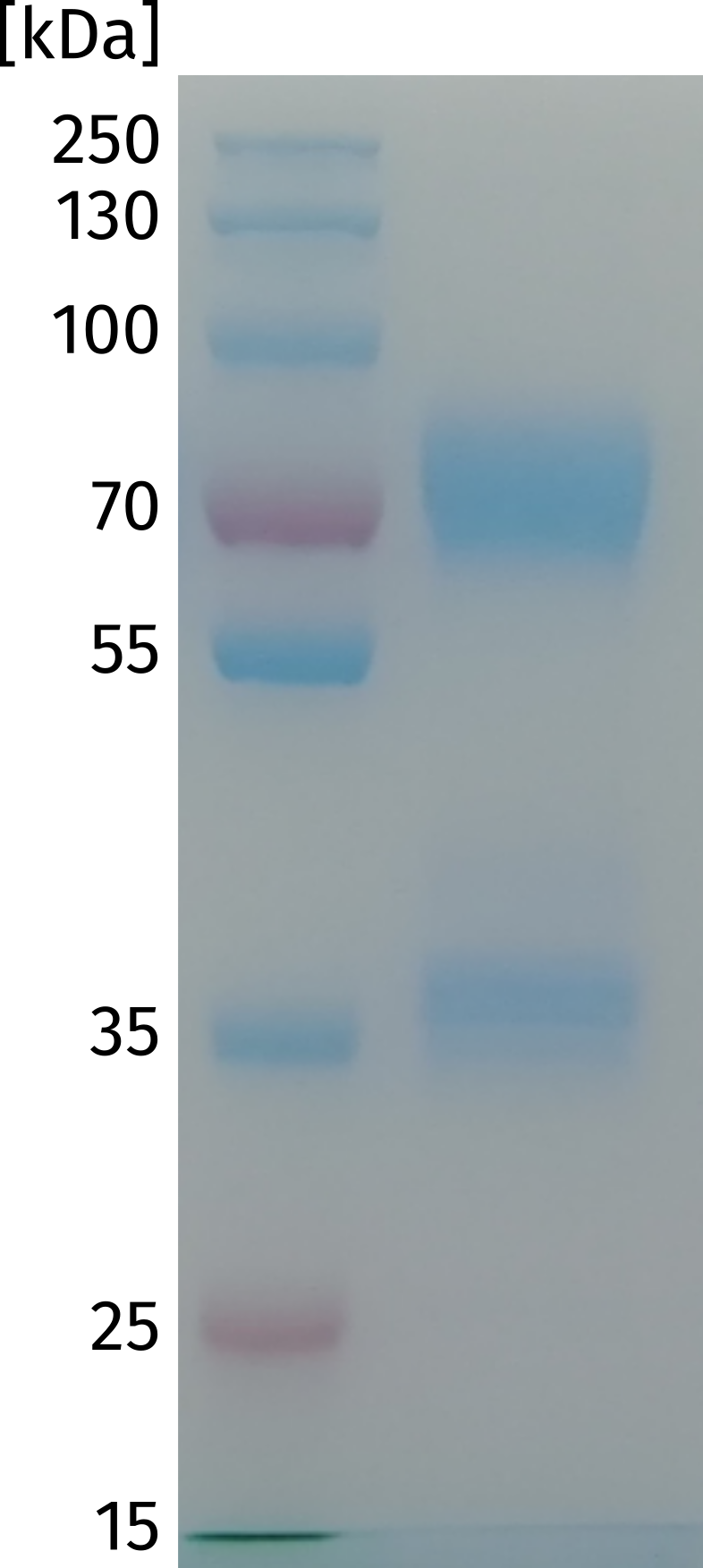| Alternative names | N/A |
| Known ligands | Galectin 9 |
| Origin | Homo sapiens |
| Accession number | Q8TDQ0 |



T cell immunoglobulin and mucin domain-containing protein 3 (TIM3), first discovered in 2002, is a member of the TIM family of immunoregulatory proteins. These are characterized by a common structural organization consisting of an amino-terminal immunoglobulin variable domain (V domain) with five noncanonical cysteines, a mucin stalk, a transmembrane domain and a cytoplasmic tail. Members of the TIM family are encoded by three genes in humans (HAVCR1, HAVCR2 and TIMD4, encoding TIM1, TIM3 and TIM4, respectively) and eight genes in mice, located on chromosome band 5q33.2 and chromosome band 11B1.1 in humans and mice, respectively. A unique feature of TIM3 is its lack of known inhibitory signalling motifs in its cytoplasmic tail.TIM3 has been reported to have multiple different ligands (galectin 9, phosphatidylserine (PtdSer), CEACAM1 and high mobility group protein B1 (HMGB1)), which bind to different regions on the TIM3 extracellular immunoglobulin V domain.TIM-3 could be a promising target in cancer because of its expression on a variety of T cells.TIM-3 was also expressed on myeloid cells, such as DCs, macrophages, and monocytes. TIM-3 has an important role in innate immune cell-mediated antitumor immune responses (1).
- He Y, Cao J, Zhao C, Li X, Zhou C, Hirsch FR. TIM-3, a promising target for cancer immunotherapy. Onco Targets Ther. 2018;11:7005-7009. Published 2018 Oct 16. doi:10.2147/OTT.S170385
- Wolf, Y., Anderson, A.C. & Kuchroo, V.K. TIM3 comes of age as an inhibitory receptor. Nat Rev Immunol20, 173–185 (2020). https://doi.org/10.1038/s41577-019-0224-6
